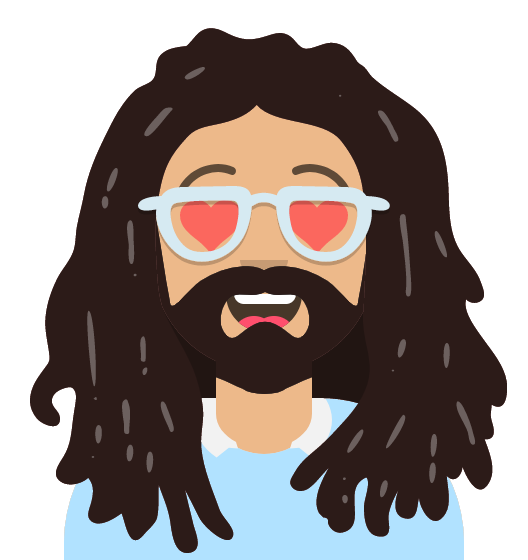
How Data Visualization Is Changing Healthcare Industry
In today’s world, data visualization has become an integral part of many industries. This is especially true in the healthcare industry, where data visualization is helping to drive better patient outcomes and improve healthcare operations. Let’s look at how data visualization is transforming the healthcare industry and what benefits it can bring to providers and patients alike.
Table of Contents
Data Visualization Helps Track Health Outcomes
Data visualization can track health outcomes and provide insights into how different treatments impact patient health. By visualizing large amounts of data related to patient health, clinicians can quickly identify any issues or trends affecting a patient’s health. For example, suppose there is a sudden spike in blood pressure levels for a specific group of patients. In that case, data visualization can help clinicians easily spot this issue and take steps to address it before it becomes a significant problem.
Data Visualization Enhances Quality Improvement Initiatives
In addition to tracking health outcomes, data visualization can also enhance quality improvement initiatives. By visualizing data related to cost savings initiatives or other quality improvement efforts, providers can quickly identify areas where improvements could be made, or costs could be reduced. This helps ensure that healthcare organizations can manage their resources more effectively and efficiently while still providing top-notch patient care.
Data Visualization Improves Patient Engagement
Finally, data visualization can also help improve patient engagement by giving patients access to their health information in a clear and easy-to-understand format. By providing visual representations of complex medical data points such as lab results or vital signs, patients can understand their health information more quickly and make better decisions about their care. This can lead to greater engagement with their provider and improved adherence rates when taking medication or following treatment plans.
Data visualization has the potential to revolutionize the healthcare industry by improving both patient outcomes and organizational efficiency. With its ability to track health outcomes, enhance quality improvement initiatives, and improve patient engagement, data visualization offers numerous benefits for providers and patients alike—benefits that will only grow stronger with time as new technologies emerge that make it easier for providers and patients alike to access their medical information in an easy-to-understand format. Therefore, investing in leveraging data visualization in your organization will bring great rewards for you and your patients moving forward!
Data Visualization Challenges in Healthcare
The healthcare industry has long been challenged by its ability to aggregate and analyze vast amounts of data. The rise of electronic health records (EHR) has increased the complexity of this task, as EHRs contain sensitive patient information that must be protected and kept confidential. This makes it difficult for doctors and nurses to quickly access relevant information and make decisions based on the most up-to-date evidence.
Fortunately, data visualization can help address these challenges by allowing healthcare professionals to quickly make sense of large datasets, identify trends, and understand correlations between different variables. For example, graph visualizations can present complex datasets in an easy-to-understand format that reveals relationships between different variables. Similarly, timeline visualizations can provide an overview of how a patient’s condition has changed over time.
Alternative Technologies Available
In addition to traditional graph visualizations, there are alternative technologies available for healthcare professionals to leverage when analyzing data. Machine learning algorithms can uncover trends and correlations within large datasets that would otherwise remain unnoticed due to the sheer volume of information contained within them. Furthermore, natural language processing (NLP) can automate processes such as medical coding or text analysis—tasks that traditionally require significant manual effort from healthcare professionals.
Real-Life Use Cases
Data visualization is already being used in various aspects of the healthcare industry with great success. Data visualizations have been used successfully in predictive analytics applications to predict hospital readmission rates based on patient history and demographics – helping hospitals proactively manage their resources more effectively by focusing on patients at the highest risk for readmission after discharge. Other use cases include tracking disease outbreaks across various states or cities; identifying discrepancies between recommended treatment protocols and actual patient outcomes; monitoring changes in drug pricing over time; and tracking changes in staffing levels against quality metrics such as wait times or infection rates.
For example, one hospital implemented a system that uses NLP algorithms to process patient notes from doctors and automatically generate graphs showing changes in patient’s vital signs over time. This task was previously done manually by nurses or other staff members. Another hospital system used machine learning algorithms to detect patterns in large datasets related to emergency room visits—identifying which patients should be prioritized for care based on their history of visits and current conditions. Both systems have improved patient outcomes due to their data visualization technology.
Conclusion
Data visualization is a powerful tool for improving patient outcomes in the healthcare industry. By leveraging advanced technologies such as machine learning algorithms and natural language processing (NLP), hospitals can quickly analyze large amounts of data and identify trends or correlations between different variables—enabling them to make better decisions about how best to care for their patients. Data visualization also helps reduce the manual labor associated with tasks such as medical coding or text analysis—further freeing up valuable resources so that they may be allocated elsewhere within the organization where they will have an even more significant impact on patient outcomes. All told, it is clear that data visualization is playing an increasingly important role in transforming healthcare across the globe—and its impact will only continue to grow into the future!
January 17, 2023

















